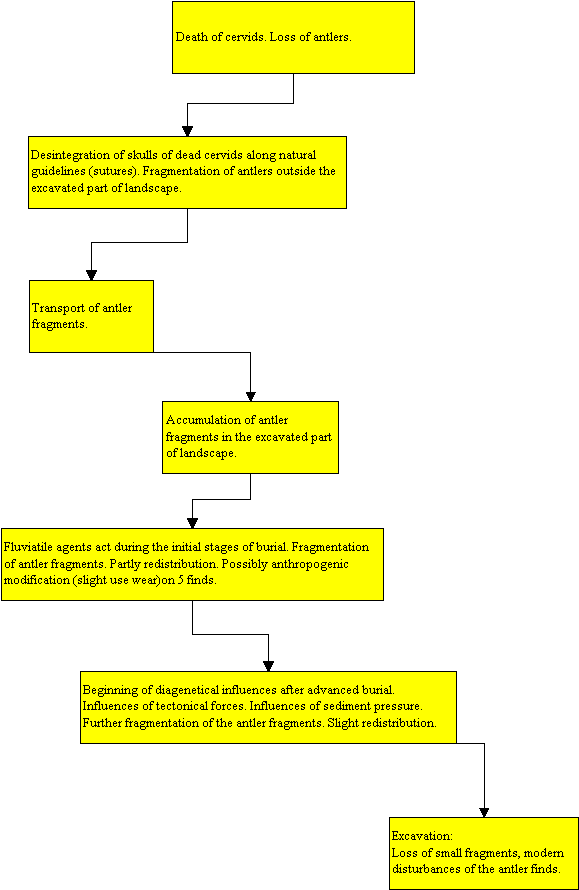
Fig. 36: Phases of the general formation of the antler assemblage in the excavated part of the site.
The antler material from the Bilzingsleben excavations 1969-1993 is highly fragmented. As far as can be determined, these fragments are mostly from red deer antlers. The finds consist predominantly of small fragments of tines. The heterogeneous assemblage contains a variety of fragments of different shapes and is in a good state of preservation. Quantitative evaluations and refitting demonstrated that the material consists of fragments which do not closely belong together.
The analysis of the lengths of the antler finds from Bilzingsleben (Fig. 6) shows that the smallest parts measuring less than 30mm are under-represented when compared with the author's own experiments of antler tool production and the stone and antler tool experiments of Schick (1991). This suggests that antler tool working was not taking place within the excavated area. The relatively low amount of antler finds of less than 30mm in length should, however, not be overrated. Although all the excavated sediment was sieved (mesh size 3mm) and finds of small fragments of beaver teeth and flint debris less than 30mm occurred in abundance, the even smaller antler fragments of less than 10mm were in all probability, simply not identified and therefore can not be further classified.
Density maps of the antler finds show a clear correlation between areas with high antler occurrences and the areas of large sediment thickness in the diluvial fan. This is particularly apparent for finds less than 120mm. Finds longer than 155mm are more or less evenly distributed over the excavated area, but they also show a slight tendency to concentrate in the area of greatest sediment thickness. The latter finds, and especially their close proximity to Working Areas 3 and 4 and to the shore line (Mania 1986a; 1986b; 1993b) are generally, according to Mania, indicative of his proposed division of the site into zones of activity. The various arguments used to support this claim shall not be repeated here. It has, however, to be emphasised that the correlation between antler concentration and travertine sand thickness may also suggest a rather non-anthropogenic mode of accumulation. It has further to be stated that, as already noted by Kind 1985, 145:
"Die Zuweisung einer Gerätekonzentration zu einer bestimmten Aktivität setzt ein detailliertes Wissen über die Funktion der jeweiligen Geräte voraus".
"Attributing a concentration of tools to a specific activity requires a detailed knowledge of the function of those tools".
With regard to Mania's (1986b) suggestion that antler tools were manufactured and used, it has to be said that the break patterns observed suggest sediment pressure as their cause rather than hominid activity. Phenomena that were previously interpreted as use (Mania 1986b) have turned out to represent fracturing. Use is largely absent from the material with the exception of five finds. The fracture of four of these may have been caused by deliberate activities in sandy substrata; the fracture on the fifth could be the result of hammering. Traces that could possibly be result of hominid activity on only these five pieces (0.18% of the total antler material) are not considered sufficient to imply intentional hominid antler tool production and use at the site. Since this hypothesis now has to be rejected, corresponding arguments about the division of the site into zones of activity also must have to be considered invalid.
The view that antlers at Bilzingsleben were accumulated by hominids cannot now be considered as a satisfactory interpretation that takes into account all the taphonomic processes involved in the formation of the excavated site (Fig. 36). The natural ways in which the antler assemblage as well as all the other finds accumulated at Bilzingsleben, are still poorly understood.

Fig. 36: Phases of the general formation of the antler assemblage in the excavated part of the site.
© Internet Archaeology
URL: http://intarch.ac.uk/journal/issue8/vollbrecht/en/10.html
Last updated: Thu Aug 10 2000